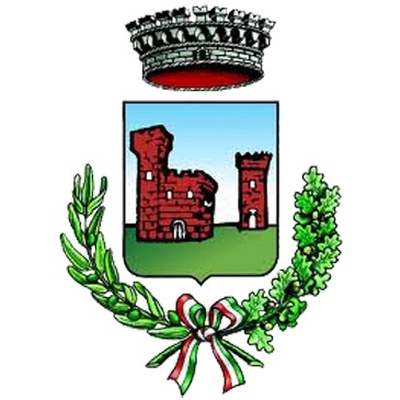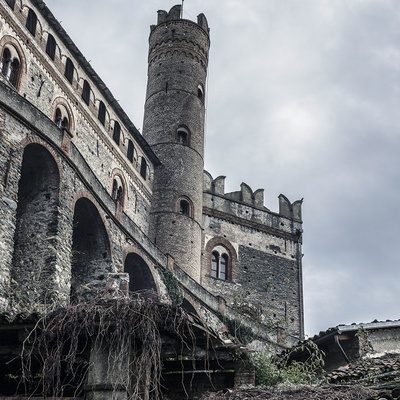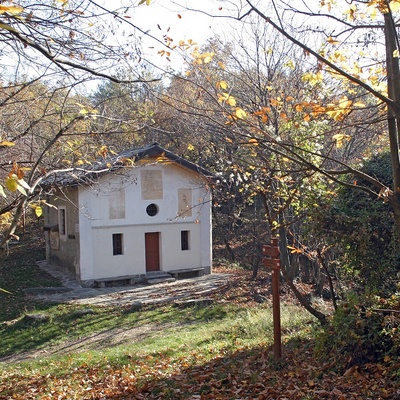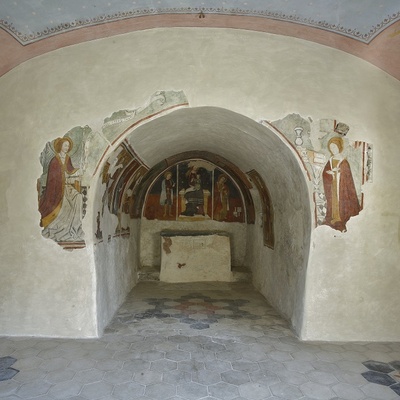




Piazza S. Rocco, 1, 10040 Villar Dora
The territory in which Villar Dora now develops was known as Villar Almese, a fraction of Almese until the 14th century when it became an autonomous municipality at the behest of the Count of Savoy, who also had a bridge built across the Dora river towards S. Ambrogio during the same period. Concurrently, for control of the bridge, the Torre del Colle was erected to protect the new settlement established in the Molare del Ponte area. At the foot of the tower, there once stood a Romanesque church dedicated to St. Lawrence, which no longer exists today.
In the mountainous area bordering Caprie, archaeological excavations have unearthed interesting artifacts, mainly terracottas, from prehistoric times (late Bronze Age, early Iron Age), while traces of high-medieval buildings have been reported downstream of the Chapel of San Pancrazio. It features some frescoes dating from the 15th to 16th century of remarkable artistic value, located on the walls of the original structure now serving as an apse.
The village of Villar Dora, feudated by the Provana family in 1333, is dominated by the rocky elevation of the Castle, once also a refuge for the community, although heavily damaged by the French army commanded by General Catinat in the 17th century.
The Provana family, despite no longer having feudal rights, remained in Villar Dora until the end of the 18th century, when it passed to the Antonielli d'Oulx, who still own the castle to this day. Not far from the castle stands the parish church of SS. Vincenzo e Anastasio, partially rebuilt in 1675, restored in 1830, and housing a refined painting with the Madonna and Child along with the patron saints (17th century).
The Hill of Seja, the promontory that descends from Rocca Sella in the territory of Caprie towards Torre del Colle, is a place rich in trails and natural paths, including a section of the Gran Traversata delle Alpi (GTA) called Sentiero Balcone, and the Gir dla Seja, a family-friendly route with panels in braille for the visually impaired. In the flat area in Piotere, a brick kiln developed in the last century, producing bricks, tiles, and terracotta, but ceased operations in the 1980s.
Among the events and festivals, within the Gustovalsusa framework, the Sagra della Ciliegia is highlighted, one of the most common products in the surrounding countryside.




